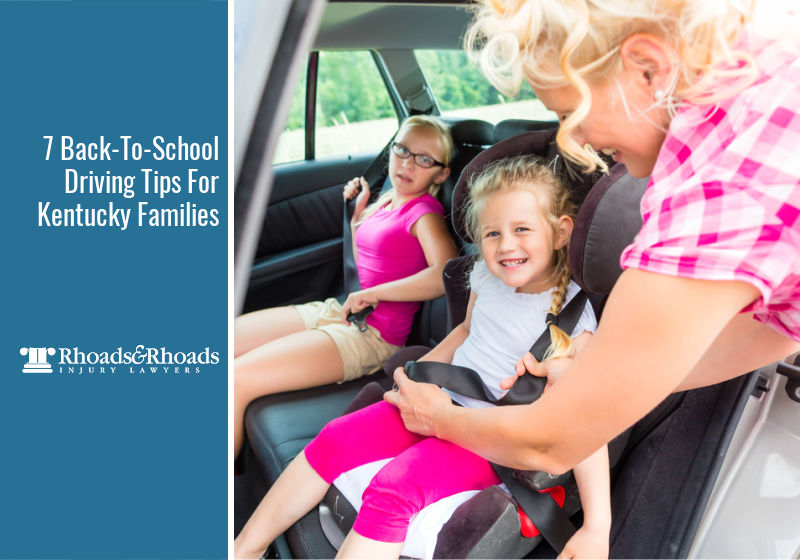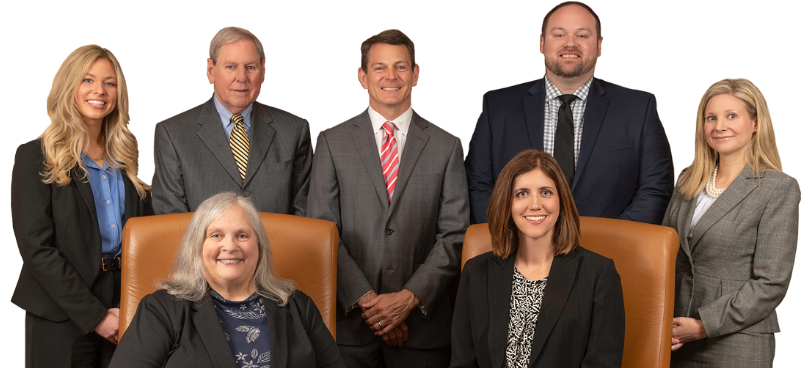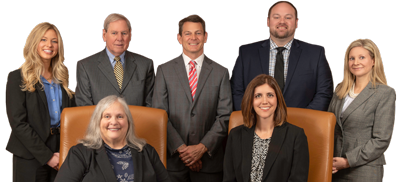
Key Points of This Article:
- A new school year can serve as an excellent time to be reminded of the importance of the good driver behaviors we are all responsible for, such as staying patient and always alert.
- Each year in the U.S., about 100 children are killed while traveling to or from school, and 25,000 sustain serious injuries as a result of school zone crashes, according to Safe Kids Worldwide.
- Congested intersections and crosswalks, inattentive and distracted drivers, and motorists who speed through intersections or drive too close to bicyclists are some of the leading causes behind school year accidents.
- Drivers should especially be cautious and on the lookout for kids at crosswalks and riding bicycles, in drop-off zones, and students crossing the road to enter or exit their school bus.
7 Back-To-School Driving Tips for Students and Parents
Navigating morning and afternoon traffic congestion, sharing the road with school buses, and stopping more often for pedestrians and young bicyclists at crosswalks are all signs that school is in session in Kentucky. But before the bell rings, here a few important reminders for both teen drivers and parents to slow down and pay attention.
- Prepare in Advance
Get ready for changes to your family’s morning and afternoon routines. You may have to adjust daily commute schedules and travel a different route, move car seats and booster seats into other vehicles, check to ensure bikes are tuned and helmets are ready, have discussions with teen drivers about their added risks, and wake a bit earlier to avoid work distractions that might tempt you to check emails and take calls while driving.
- Get Familiar with Your School’s Drop-Off and Pick-Up Rules
Schools often have very specific drop-off and pick-up procedures. If you don’t know your school’s rules, ask to find out more information. In general, the following applies to all school zones.
- Don’t double park; it blocks visibility for other children and vehicles.
- Don’t load or unload young children across the street from the school.
- Carpool to reduce the number of vehicles at the school.
- Obey crossing guards and follow school drop-off signage that directs you where to go.
- Remind Teens About Driver Responsibility
Kentucky has one of the highest teen crash rates in the nation even though young drivers account for 6% of all motor vehicle operators, according to the Kentucky Transportation Cabinet (KTC). About 72% of teen drivers aged 16-18 admitted to having engaged in risky behaviors like texting while driving or speeding. Parents can help teens start the schoolyear by reminding them to slow down, always drive sober, to ignore distractions, teach them how to drive safely in parking lots and through busy intersections, and still to be prepared for changes in traffic patterns.
- Share the Road with School Buses
According to research by the National Safety Council, most of the children who lose their lives in bus-related incidents are 4 to 7 years old, and they’re walking and either hit by the bus or by a motorist illegally passing a stopped bus.
The Kentucky Department of Education has made an infographic explaining how the school bus stop law works. We encourage our blog readers to review the guide and share it with others on your social networks to help prevent a school bus crash tragedy.
- Avoid Distractions
Distracted driving has become a crisis on all roadways, and driver inattention is a leading cause of school zone crashes. Nearly 80% of crashes involve some form of distraction, including texting or phone use, within three seconds before the event. And while all distractions can endanger drivers’ safety, cell phones and personal technology are often a cause because using these handheld devices involves all three types of distraction.
- Watch for Crossing Guards, Bicyclists, and Increased Pedestrian Traffic
Never stop to close to a crosswalk when stopped at a red light or waiting to make a turn. Never intimidate children into moving faster by creeping into an intersection, or rev your engine, yell or honk at them. These are aggressive driver behaviors that cause confusion and will too often force pedestrians and bicyclists into moving traffic. And always stop for a school patrol officer or crossing guard holding up a stop sign, even if you have the right of way.
Children riding bikes can create unique problems for drivers because they can usually not determine traffic conditions properly. The most common cause of the collision is a driver turning left in front of a bicyclist. Motorists who speed or drive too close to bicyclists are also leading causes behind these types of schooltime crashes. If your child is riding their bicycle to school, a helmet that fits properly and is the right size for their age can help prevent a traumatic brain injury if hit by a vehicle.
- Avoid Speeding
Even just a little bit over the designated limits, drivers who speed are dangerous to everyone sharing the road. Slow down and operate at the marked speed limits.
- 65 MPH on interstate highways and divided highways with four or more lanes
- 55 MPH outside business or residential districts
- 35 MPH in business or residential districts
- 15 MPH on off-street parking facilities
Speed limits in school zones tend to be five to 10 MPH below the regularly posted speed. Be prepared to slow down.
Like most tragic car crashes, the ones that occur in school zones are almost always avoidable. And while holding another driver accountable can feel like a complicated process, the legal team at Rhoads & Rhoads wants you to know it is not impossible. We are here and can assist you as soon as you are ready.
Kentucky’s Leading Personal Injury Law Firms with Offices in Owensboro and Madisonville
If you or someone in your family has been injured in a car accident this school year, we know it will be necessary for you to get things back to normal as quickly as possible. One way our team of experienced trial attorneys and support staff at Rhoads & Rhoads can help you through this difficult time is to get you the financial recovery you deserve.
We offer free initial consultations which can be done virtually or facilitated under safe social distancing practices. All cases are taken on a contingency fee basis. Call us at 888-709-9329 to schedule your consultation.
Watch: Rhoads & Rhoads | Making These Times Less Challenging


